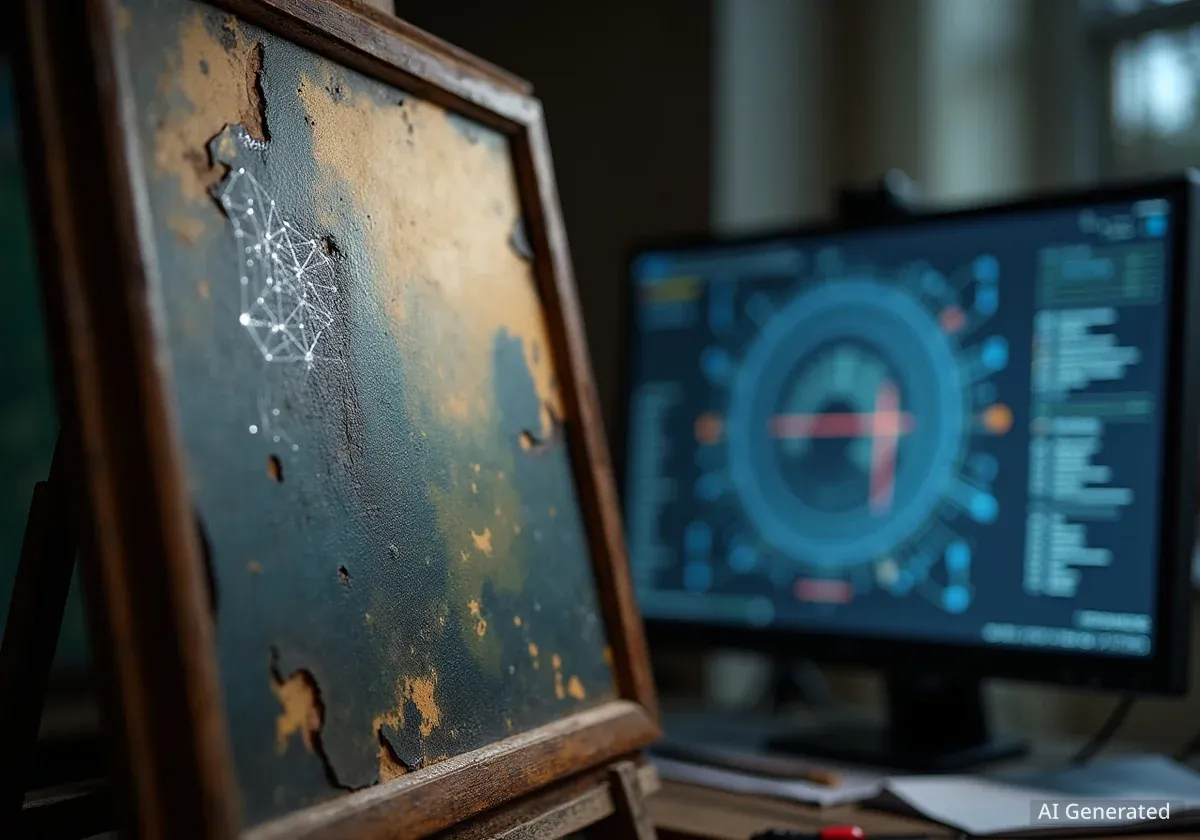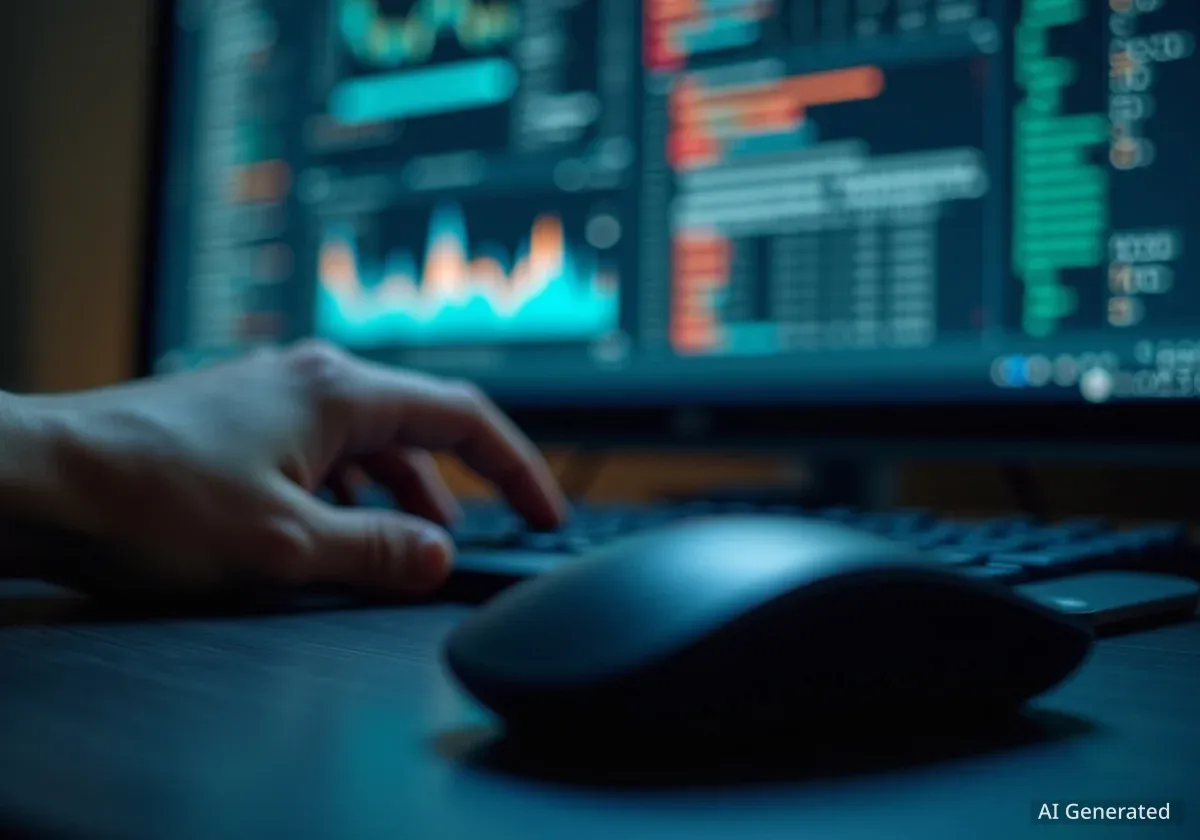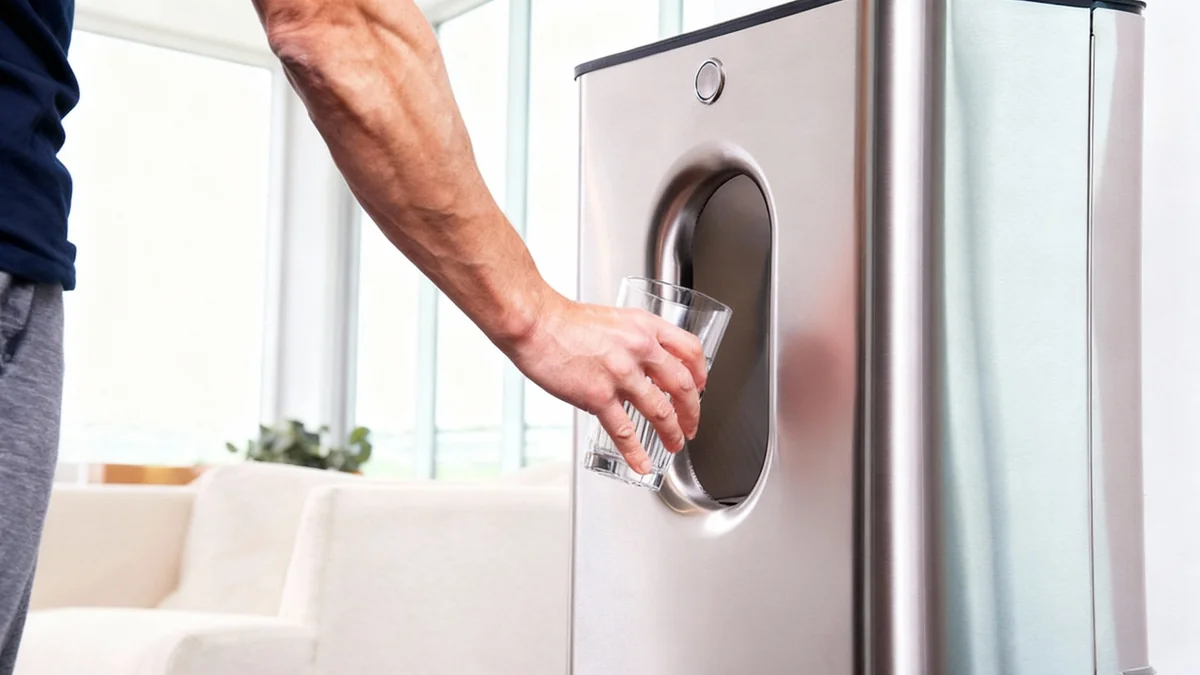A novel digital art restoration method, developed by MIT engineer Alex Kachkine, promises to revitalize damaged artworks significantly faster than traditional manual techniques. This innovative approach uses deep-learning algorithms to create a precise, removable mask that can repair thousands of imperfections on a painting in a matter of hours, potentially bringing many unseen masterpieces back into public view.
Key Takeaways
- MIT engineer Alex Kachkine developed a digital art restoration method.
- The method uses AI to create a removable polymer mask for damaged paintings.
- It can restore artworks significantly faster than traditional hand-painting.
- This technology could make more institutional art collections accessible to the public.
- One restoration took 3 hours and 26 minutes, compared to an estimated 232 hours manually.
Addressing the Art Storage Challenge
Many artworks in institutional collections remain hidden from the public. Estimates suggest that around 70% of paintings in museums are not on display. This is primarily due to the extensive damage caused by time and the high costs associated with traditional restoration.
Conventional restoration methods are slow and labor-intensive. They can take months, years, or even a decade for a single painting. Museums often face challenges with limited funds, insufficient storage space, and overworked restoration staff. This leads to a prioritization of high-profile works, leaving pieces by lesser-known artists in storage indefinitely.
The Scale of Damage
Restoring a damaged painting is complex. A single artwork might have thousands of tiny scratches. Alex Kachkine described the scale of these imperfections as similar to "a credit card placed on the surface of the Eiffel Tower." Matching colors and compositions precisely, while preserving the artist's original intent, adds to the difficulty.
Introducing the AI-Powered Restoration
Alex Kachkine's method offers a new solution. It combines artificial intelligence with digital imaging to restore paintings. The process begins with scanning a damaged artwork. The AI then identifies areas needing repair and determines the correct color restorations.
This digital information is then used to create a physical, two-dimensional polymer mask. This mask is applied directly over the original painting. The goal is to bring a damaged painting back to its former beauty quickly and effectively.
"Many people put their money into savings accounts, and I put money into [artworks]," Kachkine stated. "As someone with a degree in economics, I should probably know better, but they bring me a lot of joy."
Inspiration from Childhood
Kachkine's interest in art began during a childhood visit to the McNay Art Museum in San Antonio, Texas. A seascape by French Impressionist Pierre-Auguste Renoir particularly captivated him. This early exposure to art combined with a family background in engineering – his parents held engineering degrees, his grandfather built bridges, and his grandmother designed autopilot systems for Soviet fighter jets – shaped his innovative approach.
The Restoration Process Explained
Kachkine tested his method on one of his own acquired paintings. It was a severely scuffed version of the "Adoration of the Shepherds," a work by an unknown artist based on an original by 15th-century painter-engraver Martin Schongauer. The results demonstrated the algorithm's capability.
The algorithm automatically identified 5,612 separate regions requiring repair. It then filled these regions using 57,314 different colors. This level of precision and detail is a significant advancement in art restoration.
Creating the Polymer Mask
The mask created by Kachkine's method consists of two distinct, overlapping layers. The first layer contains colored inks, precisely matched to the painting's original hues. An identical second layer of white ink is then applied. This white layer is crucial for recreating the subtle chromatic nuances and depth present in the original artwork.
A key feature of this polymer mask is its removability. It can be easily dissolved or taken off without harming the original painting. Furthermore, a digital version of the restoration is saved. This creates a detailed catalog for future reference and potential restorations.
- Damage Map: The process begins by building a digital map that accurately detects all areas needing restoration.
- Two Layers: The physical mask uses a colored ink layer and a white ink layer for chromatic accuracy.
- Removable Design: The polymer mask can be easily removed or dissolved without damaging the artwork.
- Digital Archive: A digital record of every restoration detail is kept for future use.
Significant Time Savings
The digital method developed by Kachkine offers substantial time advantages over traditional techniques. It can complete restorations that would normally take months in just a few hours. This represents an "orders of magnitude" improvement in efficiency.
In a proof-of-concept demonstration, applying the digital restoration mask took only 3 hours and 26 minutes. Kachkine estimated that a manual restoration of a similarly damaged painting would require approximately 9 months of part-time work. To put it another way, a manual restoration using brushes and pigments would demand around 232 hours, or nearly 10 consecutive days of intense effort.
This efficiency could revolutionize how museums manage their collections. It could allow a greater number of artworks to be restored and displayed, making art more accessible to the public worldwide.




